Dublin 15’s Drone Drama: Manna’s Expansion Plans Meet
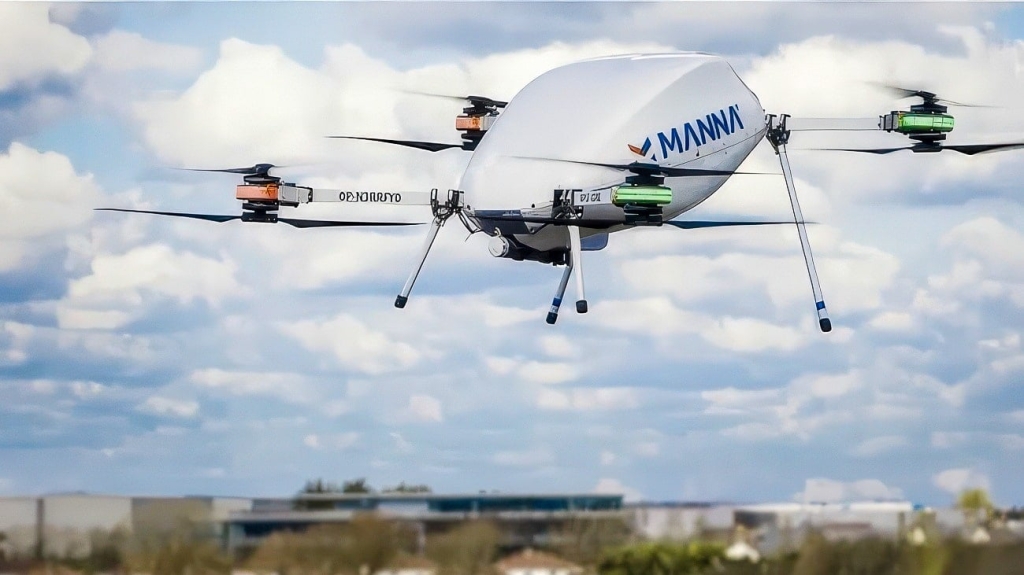
UPDATE: This article has been updated with new info on 07/10/2025
The skies over Dublin 15 are alive with drone deliveries—and a lively community debate! Manna Drones’ fast-food service, partnered with Deliveroo, has locals split: some love the quick drops of coffee, clothes, books and burgers, while others rally against the noise with Drone Action D15. From 3-minute deliveries boosting local businesses to concerns about privacy and disruption, this saga has it all. Manna’s CEO, Bobby Healy, defends the tech on Prime Time, promising quieter flights, while a recent letter shows 2,268 residents backing the service. With $60 million in funding and eco-claims in the mix, let’s unpack the buzz and how Dublin 15’s drone scene fits the global picture.
What’s Happening in Dublin 15?
Manna Drones has been flying since 2024 in Dublin 15, delivering takeaway food, books, clothing, coffee, and ice cream after a move from Balbriggan. Teamed with Deliveroo, the service hits three to ten-minute times, a boon for local spots like a Clonsilla coffee shop, now competing with big chains like Starbucks.
Noise tops the complaints, with residents saying it disrupts gardens, sleep, and work. Fiona Hourihane, near a launch site, called it “loud and intrusive,” hitting five or more times a day unpredictably. Privacy worries loom too: “It’s an invasion of our quality of life,” she said. For disabled folks, it’s worse—blind resident Barry O’Donnell says the sound messes with his cane’s acoustic cues, risking missteps. Labour Cllr John Walsh calls for national regulation, saying it’s “not the way to introduce new technology.”
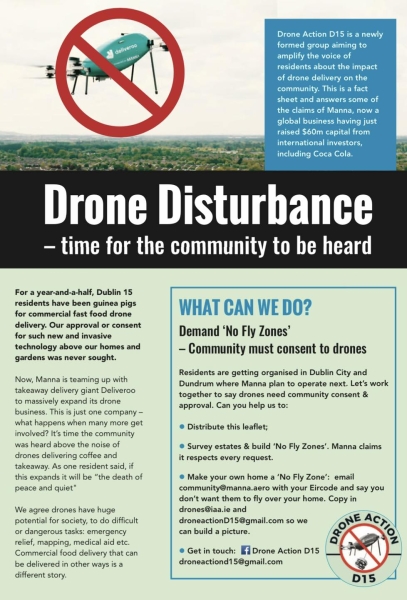
But expansion plans, fueled by $60 million from investors including Coca-Cola, have stirred a backlash. Drone Action D15, kicked off by Ruth Coppinger TD, is pushing back, distributing 3,000 leaflets and urging “No Fly Zone” home designations.
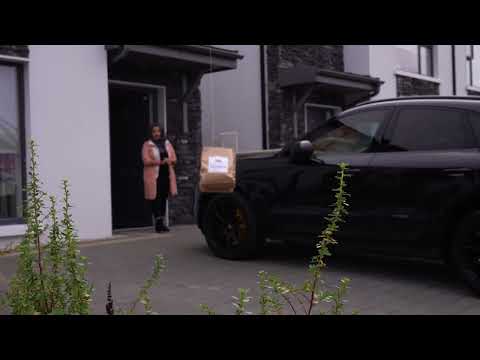
Residents are fed up with the noise, which they say disrupts gardens, sleep, and work-from-home routines. Fiona Hourihane, living near a Manna launch site, told RTÉ’s Prime Time, “It’s a loud, intrusive noise into a peaceful setting.
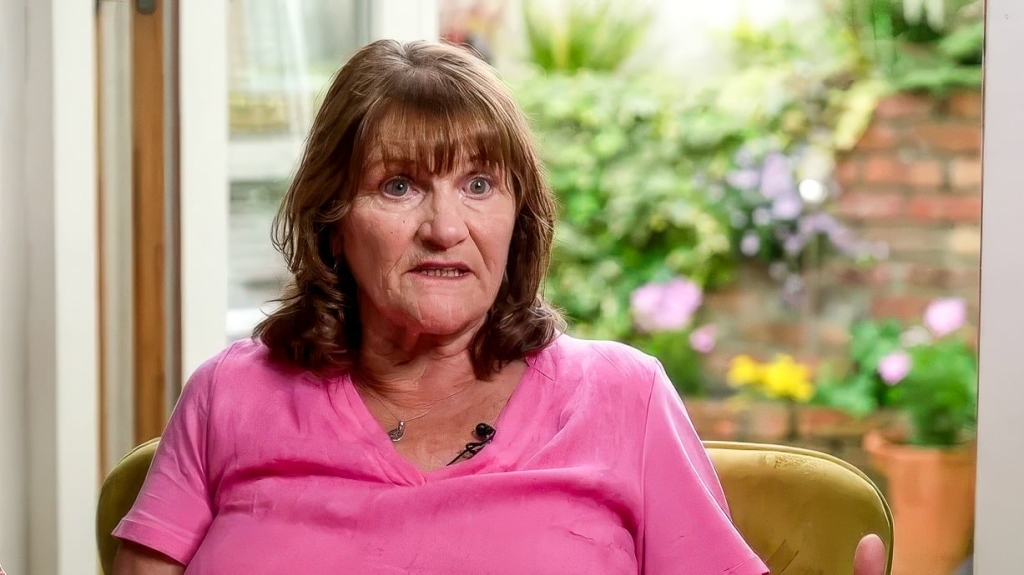
Yet, Manna points to strong support: 2,268 residents back the service, including 1,883 positive reviews and 385 verified signatures on a letter to local reps. Signatories praise it for convenience and safety, like Ciara, whose autistic son benefits from home deliveries. Georgina called it a “lifesaver” during pregnancy, and Kim sees it as a win for small businesses. Manna’s defibrillator pilot plan with Dublin Fire Brigade and National Ambulance Service aims to deliver Automated External Defibrillators in two minutes, potentially saving lives in emergencies.
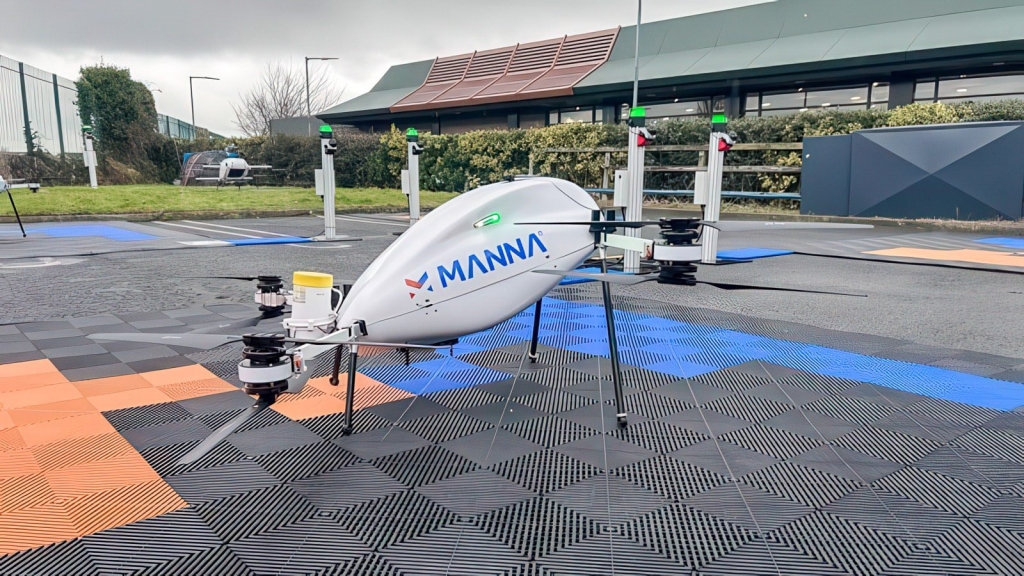
Drone Action D15 argues drones are frivolous for fast food, challenging Manna’s eco-claims by noting ignored production and driver emissions. They cite Australian Professor Julia Powles’ anti-Google Wing success, rejecting “tech inevitability.” Coppinger calls it a “wild west” with no noise oversight, as the IAA focuses only on safety. With 8,000 operators and 23,000 pilots registered, more companies could worsen the buzz.
Manna’s Response
Healy hit Prime Time to address complaints, saying he’s personally responded to nearly all 108 in 18 months across 150,000 residents. “We’ve answered every single one and spoken to most,” he said, promising 40% quieter propellers in weeks pending approval. A Trinity College Dublin noise report backs Manna: single fly-overs hit 59 dBA (quieter than traffic), and hovering 14m above gardens reaches 66-68 dBA, (68 dB is roughly the noise produced by a normal conversation, and is generally considered to be a safe noise level that a person can be exposed to without experiencing harm or hearing loss.) brief at 20-30 seconds. The report says WHO aircraft noise guidelines wouldn’t be exceeded unless 300-450 flights daily, far above current ops.
Healy touted environmental perks, with a Maynooth University study showing drones emit up to 8x less CO2 than petrol cars for the last mile. Fully electric, they cut road traffic and pollution.
Privacy? Drones navigate by GPS, filming only 15 seconds at drop-off with low-res cameras for obstacle checks—GDPR-compliant, no recordings kept. Safety matches commercial airlines, certified by IAA and EASA. Healy says it supports 47 local businesses, mostly Irish-owned, helping independents reach more customers.
Healy insists Dublin 15 won’t see more flights: “We’re already grown there,” eyeing other suburbs instead. The support letter, with 2,268 voices, will go to reps, highlighting benefits like Martina’s praise for safer streets with fewer delivery cars. Healy welcomes regulation, telling the Oireachtas Transport Committee he’d “embrace” it.
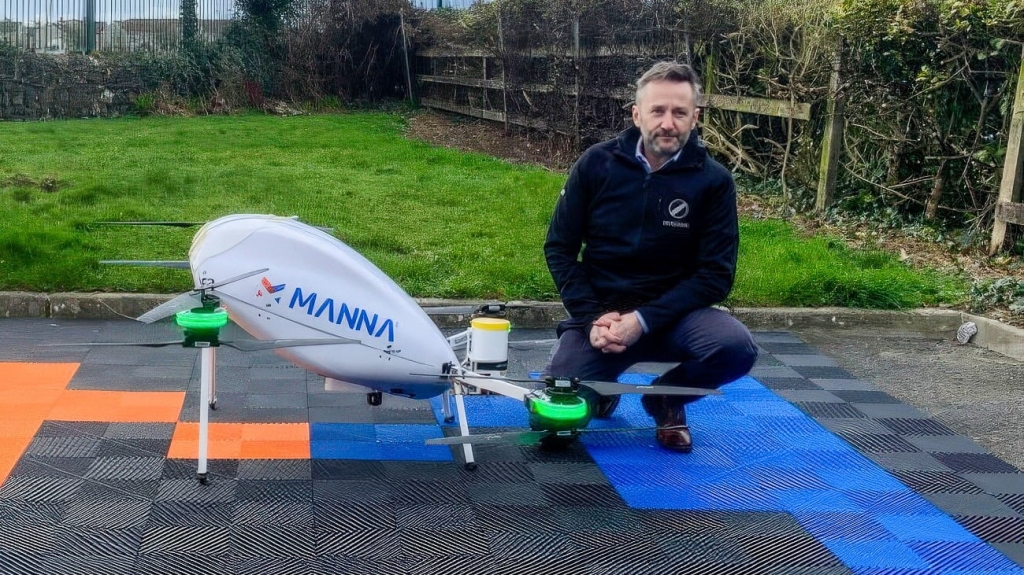
Healy also touted environmental perks, claiming Manna’s drones have avoided over 3,500kg of CO2 emissions. But residents and Drone Action D15 aren’t convinced, arguing the eco-claims are narrow and the noise and privacy costs outweigh the benefits. Walsh and Coppinger insist the lack of national regulation leaves locals powerless, with no body to handle noise complaints. Healy told the Oireachtas Committee on Transport he’d “embrace” regulations, but for now, the IAA’s focus on safety leaves a gap that’s fueling community anger.
How It Compares
Global parallels include Canberra’s anti-Google Wing win, where Powles helped halt deliveries over noise. X posts show Dublin’s not alone: Manna’s Dundrum hub paused for noise data, and a new Blanchardstown site faced opposition. Unlike North Dakota’s Vantis for safe BVLOS, Ireland’s safety-only IAA leaves noise unregulated, amplifying fears. Manna’s defibrillator pilot mirrors North Dakota’s medical focus, a positive twist in the debate.
The Catch
Drone Action D15 has traction—3,000 leaflets and support—but Manna’s $60 million and 2,268 backers make it a tough fight. The IAA’s safety focus ignores noise, leaving a gap Coppinger calls the “wild west.” Military claims rely on unverified sources, potentially weakening D15’s case if challenged. Proving environmental harm is complex—Maynooth’s study shows 8x less CO2, but leaflets argue it ignores full emissions. Economic hits, like driver jobs or cafe losses, are real but hard to blame solely on Manna. Scaling beyond leaflets needs political muscle to force regulation.
Manna’s quieter propellers and GDPR privacy sound good, but Hourihane and O’Donnell won’t wait for results. Healy’s 108 complaints downplays impact, and expansion to other suburbs could spread issues. The TCD report’s 59-68 dBA is quieter than traffic, but hovering’s brief but intense noise bothers some. Without national rules, D15’s battle risks being isolated against a tech powerhouse.
The DroneXL Take
As a drone pilot who’s wrestled with windy flights, I get both sides of Dublin 15’s drone drama. Drone Action D15’s pushback on noise and privacy is valid—nobody wants a sky highway killing their backyard peace, but the real question here is about the bennefits: I would love to have here in Quito this kind of deliveries, faster and more ecological than a delivery guy on a motorbike. Manna’s quieter propellers and defibrillator pilot are smart moves, and 2,268 supporters show it’s not all complaints.
I’m skeptical of the military angle—it’s hearsay, and Healy’s focused on delivery. The TCD report’s 59-68 dBA is quieter than traffic, but O’Donnell’s acoustic issues show not everyone’s convinced. If Manna nails the 40% noise cut and engages more, they could win even more hearts. D15’s leaflets are bold, but they’ll need louder allies to force change. This is drones at a crossroads: innovation or overreach? I lean toward balance—regulate noise and privacy, keep the convenience. What do you think—drones for deliveries or death to peace? Drop your thoughts and let’s buzz!
Why It Matters
Dublin 15’s debate is a global wake-up call. As drone deliveries spread—Manna in Ireland, Wing in Australia, Amazon in the U.S.—communities face a choice: embrace the buzz or fight for quiet. Lack of noise/privacy rules leaves residents vulnerable, as Coppinger noted. D15’s stand, echoed by Dundrum’s pause, shows pushback works with pressure.
For DroneXL readers, it’s a reminder drones must serve people—medical drops, just like the defibrilator for an emergency. Manna’s 2,268 supporters and defibrillator plans show positives, but the fight could spark community-led rules, ensuring skies stay friendly. Keep watching—this battle’s taking off.
Photographs courtesy of Manna and Drone Action D15
